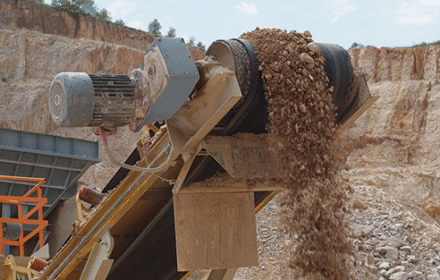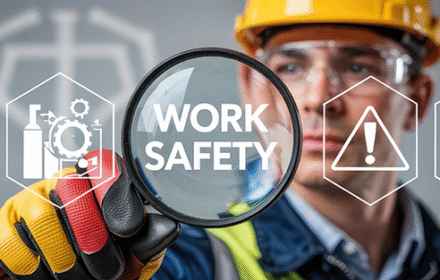
Smart Pressure Safety Valve Monitoring for Industrial Automation
Pressure safety valves serve as critical protection in process industries. However, traditional inspection methods often miss developing problems. Modern control systems now enable continuous PSV monitoring through advanced instrumentation.
The Limitations of Traditional PSV Testing
Manual PSV testing presents several operational challenges. Bench testing only confirms calibration at specific moments. It cannot capture real-time process conditions and fluid dynamics. Moreover, mechanical lift indicators merely show stem movement. They provide no data about performance degradation between inspections.
Critical PSV Performance Indicators
Three key parameters indicate PSV health and require monitoring:
- Set-pressure drift: Gradual calibration shift from original settings
- Blowdown measurement: Difference between opening and closing pressures
- Chatter detection: Dangerous rapid cycling during operation
Implementing Continuous Pressure Monitoring
Pressure transmitters installed upstream and downstream enable real-time diagnostics. This configuration connects directly to PLC or DCS control systems. The system calculates differential pressure (ΔP = P1 – P2). This reveals valve opening characteristics and partial lift conditions.
Detecting and Preventing Valve Chatter
Chatter represents a serious safety concern in pressure relief systems. It causes rapid pressure oscillations in upstream measurements. Downstream pressure shows corresponding spikes with each valve opening. Control systems can detect these patterns and trigger immediate alarms.
Compliance with Safety Standards
PSV monitoring systems must comply with IEC 61511 requirements. Diagnostic functions should remain separate from safety-critical shutdown logic. This approach maintains Safety Instrumented System integrity. It provides additional protection layers without compromising primary safety functions.
Technical Implementation Requirements
Effective PSV monitoring demands specific technical capabilities:
- High-speed pressure transmitters for chatter detection
- Fast-response analog input modules in control systems
- Robust sensors capable of withstanding process transients
- Secure integration with existing PLC or DCS architecture
Industry Statistics and Safety Impact
The American Petroleum Institute reports that improper PSV operation contributes to 25% of process safety incidents. Furthermore, continuous monitoring can reduce inspection costs by up to 40%. It also decreases unplanned downtime by identifying issues before they become critical.
Author’s Insight: Control System Integration
From an industrial automation perspective, PSV monitoring represents smart technology convergence. Modern PLC systems can process high-speed analog signals effectively. This enables real-time safety diagnostics without additional hardware. Engineers should consider sampling rates and filter settings carefully. Proper configuration ensures accurate chatter detection while avoiding false alarms. For control system implementation guidance, visit World of PLC.
Practical Implementation Scenario
A chemical processing plant implemented PSV monitoring on their reactor systems. They installed pressure transmitters connected to existing DCS infrastructure. The system detected set-pressure drift three months before scheduled maintenance. This early warning prevented potential safety incidents and production losses.
FAQ
How often should PSV monitoring systems be calibrated?
Calibrate monitoring transmitters during regular PSV inspection cycles. Typically, this occurs every 12-24 months based on process criticality.
Can existing control systems handle PSV monitoring?
Most modern PLC and DCS platforms can accommodate PSV monitoring. However, high-speed applications may require specialized analog input modules.
What industries benefit most from PSV monitoring?
Chemical processing, oil and gas, and power generation industries see the greatest benefits. These sectors rely heavily on pressure safety systems for hazard protection.







